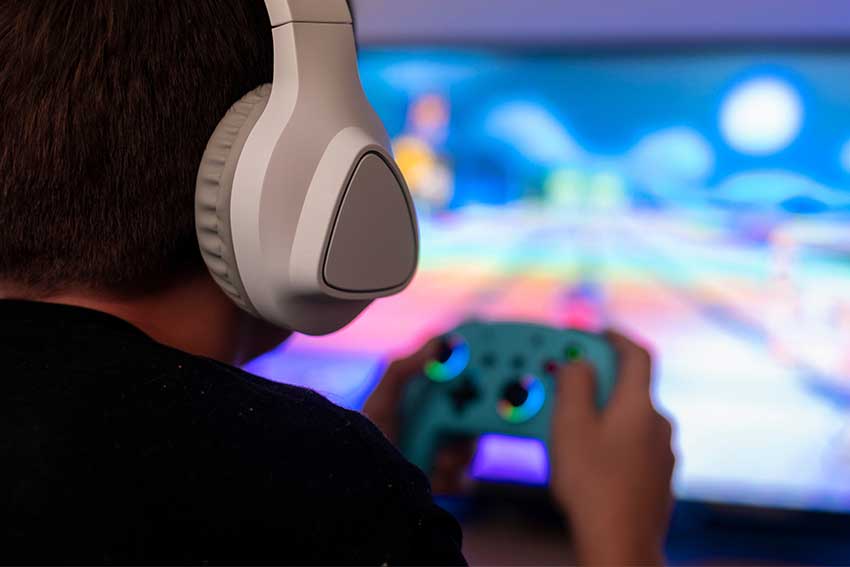Online gaming leading to gambling harm

New research from AUT’s Pacific Islands Families (PIF) study shows regular online gaming as a teenager is a significant predictor of gambling harm at aged 22.
The longitudinal study, which has been following nearly 1400 Pacific infants since 2000, had previously surveyed the group about their gambling habits when they were 9, 14 and 17 years old. Funding for gambling elements of this research has been provided by the Ministry of Health.
The latest findings showed daily or weekly online gaming at age 14 years “significantly predicted gambling harms” at age 22 years. Online gaming is a common activity among children and youth and half of the 22-year-old participants had gamed online when aged 14 years, with similar percentages of boys and girls taking part in this activity.
Associate Professor Maria Bellringer, director of the Gambling and Addictions Research Centre at AUT, says that casino gaming machines and Lotto were the most common activities by those in the group, and one-third of participants who gambled experienced harms for their gambling.
Engaging in multiple gambling activities and drinking alcohol at age 17 years also both predicted gambling harms at 22.
“We also found a statistical association between participants who had a tendency to break societal rules or who had depression, and experiencing harms from gambling at age 22,” Bellringer says.
The most common harms could be considered minor, such as feeling regret about gambling, having reduced spending money and less spending on recreational activities.
The good news is severe harms from gambling such as increased credit card debt and selling personal items were only reported by a few participants.
The study also showed that gambling participation by the group was low and infrequent, and risk factors and gambling harms were not specific to Pacific people in that they were generally as would be expected among the general population.
More worryingly, of those who gambled more than a third admitted they were concerned about their gambling and 13 percent were gambling in a risky manner. The percentage who had a “lot of worry” about their gambling doubled from age 17 years to age 22 years.
“The study showed forty percent of those exhibiting risky behaviours reached out to someone close to them looking for support, and this could be part of the key to addressing the issues”, says Bellringer.
“This will be best suited to a by ‘Pacific, with Pacific, for Pacific’ approach,” she says.
"An early intervention could be to support increased gambling harm literacy amongst Pacific families and communities on how to recognise signs of risky gambling behaviours or gambling harms and how to effectively support a person to change their gambling behaviours.
“This could be aligned with the Ministry of Health’s Te Mana Ola Pacific Health Strategy to reduce inequitable health outcomes for Pacific peoples,” Bellringer concludes.
Some statistics from the study:
- Of those who gambled, 59.7% were male and 40.3% female
- Of those who gambled, most did so with family (50%) or friends (46.7%)
- The percentage of gamblers who reported ‘a lot’ of worry about their gambling doubled
- from age 17 years (4.4%) to 8.6% at age 22 years.
- 13.2% of participants gambled in a risky manner and one-third of participants who
- gambled experienced harms from their gambling
- The least popular gambling activities were betting on horse and dog racing events, keno
- and online scratch cards
- 8.7% of participants experienced negative consequences due to someone else’s gambling
List of harms study participants could select from:
- Reduction of your available spending money?
- Reduction of your savings?
- Less spending on recreational expenses such as eating out, going to the movies or other
- entertainment?
- Had regrets that made you feel sorry about your gambling?
- Felt ashamed of your gambling?
- Sold personal items?
- Increased credit card debt?
- Spent less time with people you care about?
- Felt distressed about your gambling?
- Felt like a failure?